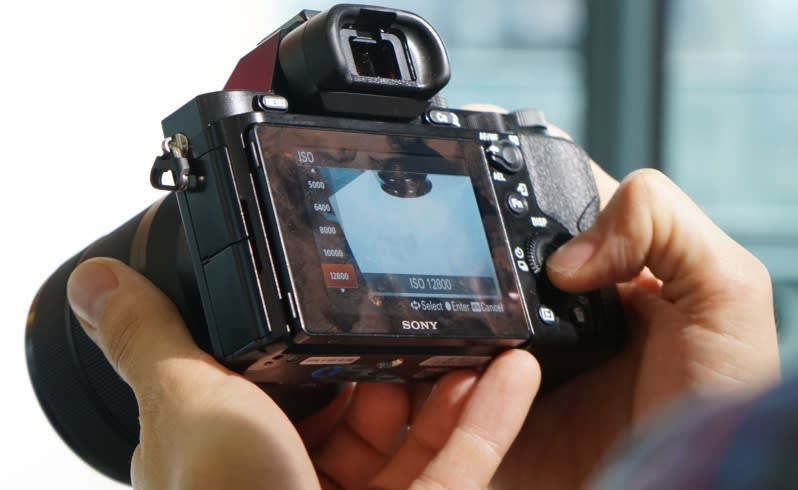Snap happy heaven

Last year saw a sizing-down . . . if you tot it up, more new compact system cameras than digital SLRs came on to the market.
Compact system cameras are about the size of big "point-and-shoot" cameras but have interchangeable lenses.
So, for travellers looking for a small camera with DSLR-like controls, high- quality and interchangeable lenses, a CSC ticks many of the boxes.
A standout was the Olympus OM-D system.
In 2014, we can expect further development of this style of camera, and particularly the continual upgrading of auto focus in CSCs, as it comes close to DSLRs. There's the real feeling that more professionals will be tempted towards CSCs, as the quality and feature gap becomes almost negligible.
In this category, I'd be looking at the full-frame Sony Alpha 7. The ILCE-7 model has 36.4 megapixels but the ILCE-7B will do most of us, with 24.3 megapixels. This has a full 35mm CMOS sensor in a compact body - a very small, light interchangeable-lens camera. The Alpha 7 ILCE7-KB set is the 24 megapixel body with an SEL 2870 (28-70mm) lens and Sony's price is $2199.
And look out for the new Olympus flagship in this class - the OM-D E-M1. It takes those interchangeable lenses, has a "what you see is what you get" viewfinder, very good and responsive shutter system and much upgraded continual autofocus. Olympus' price is $1599 for the body - $2399 with a 12-40mm lens.
And look out for the Panasonic Lumix GM1 - expect to pay under $800 with a 12-32mm lens.
But the other big thrust in photography is in connectivity - using wireless connection to more quickly and easily transfer images and upload to Facebook and so on. Wi-fi is the new norm.
Development is pushing on with smart phones. Sony's QX10 (expect to pay less than $250) and QX100 (less than $600) are basically cameras without screens that connect wirelessly to a smart phone - they use the phone's screen, where a "usual" digital camera has one built on to the back. You can either clip them to the phone, or use them freehand.
The images are transferred to the phone as well as stored on a card in the camera.
And, in this mode, Android Jellybean 4.3 is a phrase to look out for. This software is a key to easy pairing with electronic devices. Samsung's Galaxy Camera, for example, uses it and is an Android-powered hybrid that blends features of the traditional camera with a smart phone's connectivity. The new Galaxy Camera 2 will have a 21x zoom lens and 16-megapixel sensor, like its predecessor but with a faster 1.6GHz processor and 2GB of RAM.

